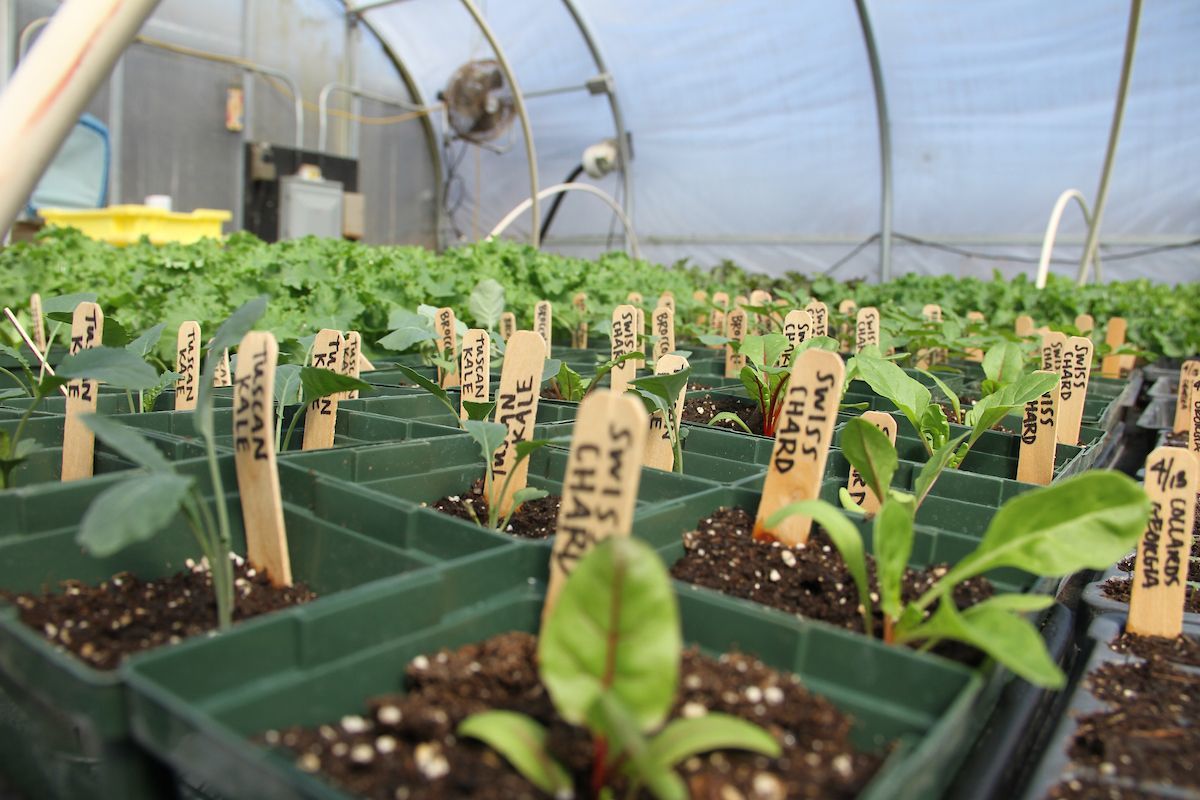
From December 2017 through September 2018, Marc Goulet of Russell Research collected over 600 interviews to identify awareness, consideration and engagement with Community Supported Agriculture (CSA) in the Hudson Valley. Half of those interviewed are current CSA membership holders; the other half are non-members.
In collaboration with Glynwood, Marc hosted a webinar on April 18 to discuss the findings of his research and to give marketing recommendations to CSA farmers. The majority of the webinar participants were members of the Hudson Valley CSA Coalition. However, there were also several far-flung listeners, including one from the Iowa State University Extension and one from the FairShare CSA Coalition in Wisconsin.
The six key insights identified by Goulet are as follows:
1. CSA members are more “culinary-engaged” than the overall target population and exhibit more diverse food-purchasing behavior.
- They are on average more experienced and eager cooks. In addition, they are more likely to grocery shop multiple times a week, to actively enjoy grocery shopping, and to go shopping at multiple stores/farmers markets.
- In customer acquisition or CSA promotional campaigns, farms should target people who love to cook and to spend time in the kitchen more generally.
- It may also be advantageous to advertise at farmers markets, and to pay for social media promotion specifically targeting Adams Fairacre Farm customers.
2. There is limited awareness and familiarity of community supported agriculture in the Hudson Valley.
- Only 19% of Hudson Valley residents have are “very” or “extremely” familiar with the concept of CSA. There is much opportunity for increased awareness via social media campaigns, through the CSA Coalition Directory, through partnerships with local organizations, and through events such as CSA Fairs.
- Consumers are particularly concerned with food quality, freshness, safety, and whether it is locally grown/supports the local economy. All of these aspects of CSA farming should be emphasized as much as possible on social media platforms, on farm websites, and in print materials.
- It is also very helpful to cultivate brand advocates, or CSA members who spread the word about your farm and CSA program. CSA members are generally very loyal to their farms, and are perfect promoter candidates. Take advantage of these customers who are eager to recommend you; word of mouth can go very far.
3. CSA members are near universally satisfied with their program and virtually all will continue with their farm membership.
- 92% of CSA members indicated that they would renew their subscription, which is an incredible retention rate.
- Most members were very content with their CSA shares and with the farms from whom they received their shares. The primary recommendations they made were having more flexible pick-up times and including more fruit in CSAs.
4. There is considerable interest among target non-members – particularly younger adults. Fresh food and being local are the key motivators.
- The ideal target age group is 25-44 years.
- After learning more about what CSA is, nearly half of non-members interviewed found CSA “very” or “extremely” appealing.
- Those who expressed interest in CSA memberships were disproportionately passionate about grocery shopping and cooking.
- CSA is seen as an incredibly unique market, which is advantageous for marketing differentiation.
5. The current cost and payment structure is a barrier for non-members. A payment plan option would lessen this barrier and potentially lead to increased conversion rates.
- It is also worth noting that pricing expectations changed greatly when CSA prices were framed in weekly as opposed to yearly sums. Non-CSA members estimated that the weekly cost of CSA would be on average $46 per week, when in reality weekly costs are closer to $20-$30 per week. Framing CSA cost in weekly amounts rather than yearly totals may be a less intimidating way to communicate price, and may attract customers who formerly thought membership was too expensive.
- Overall, non-members were not scared off when given the average price of CSA shares. Accessibility is certainly an issue HVCSAC is trying to address with our subsidy campaign. That being said, the target customer base identified in the study sees CSA’s current payment structure as more of a barrier than the total cost itself.
6. The standard payment option is more appealing than payment plans for current members.
- Farms should not be worried about losing current members if they don’t change their payment systems.
- When it comes to recruiting new members, however, it will be advantageous for farms to have multiple payment systems if possible. Millennial consumers, who are more likely to demand payment plan options, have the highest “lifetime value.” The sooner they become invested in CSA and become promoters, the better.
For a more detailed report and infographics, please follow this link.

